Current Members

Shuhei Ono
PI
My job is to help people in the lab be creative and productive.
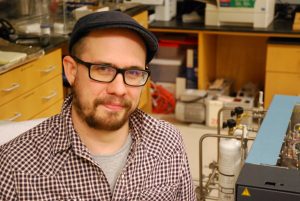
Gareth Izon
Research Scientist
Gareth will tell when exactly oxygen appeared in the Earth's atmosphere by analyzign S-MIF signals from drill core materials from South Africa.
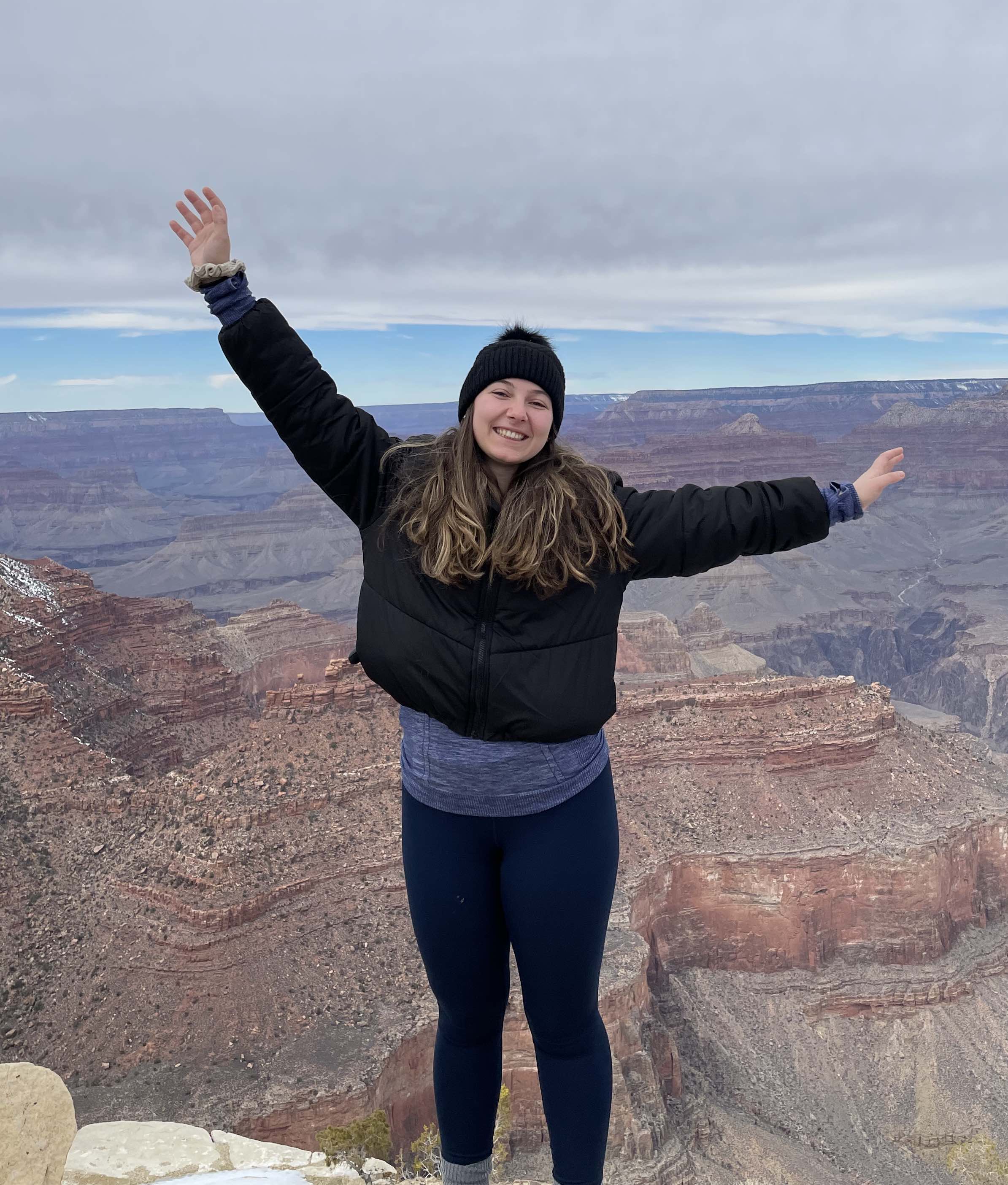
Angelina Serafini
PhD student EAPS
Angie is working on basalt carbonation and some isotopes
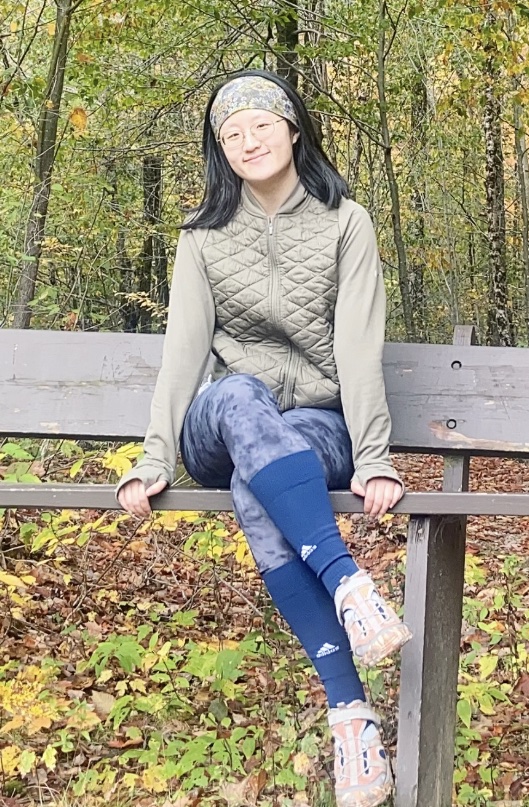
Manlin Xu
PhD student EAPS
Manlin will work on deep methane cycles
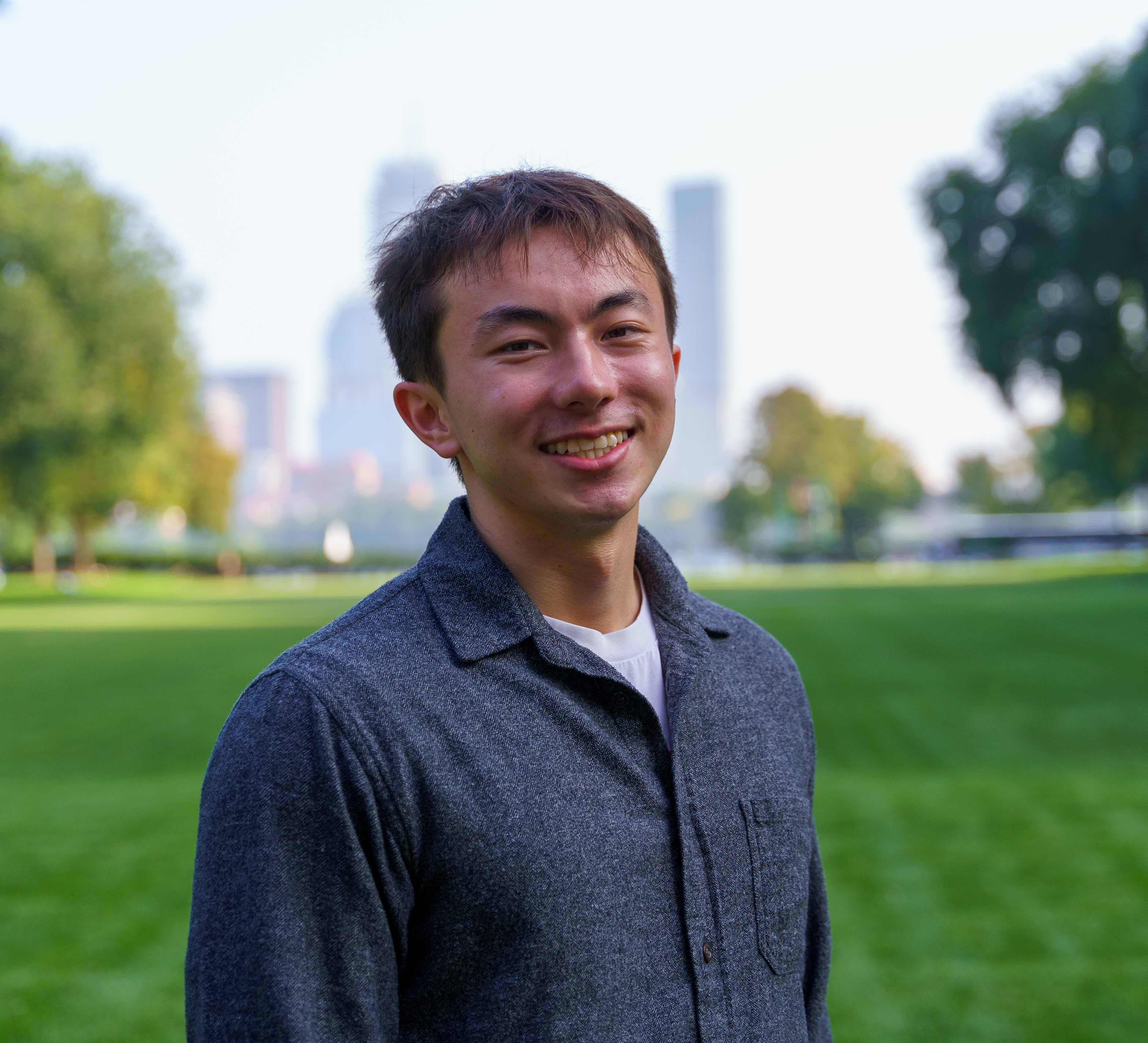
Andy Fong
UROP course 10
Andy works on olivine carbonation

Bill Olszewski
Research Scientist
Dr. Bill helps with the operation of the lab. He automated the SF6 GC-IRMS line by using approximately two dozen pneumatic valves and pneumatically operated cold traps that are interfaced by the LabView software. Bill's creativity helps quite a bit in the daily operation of our lab.
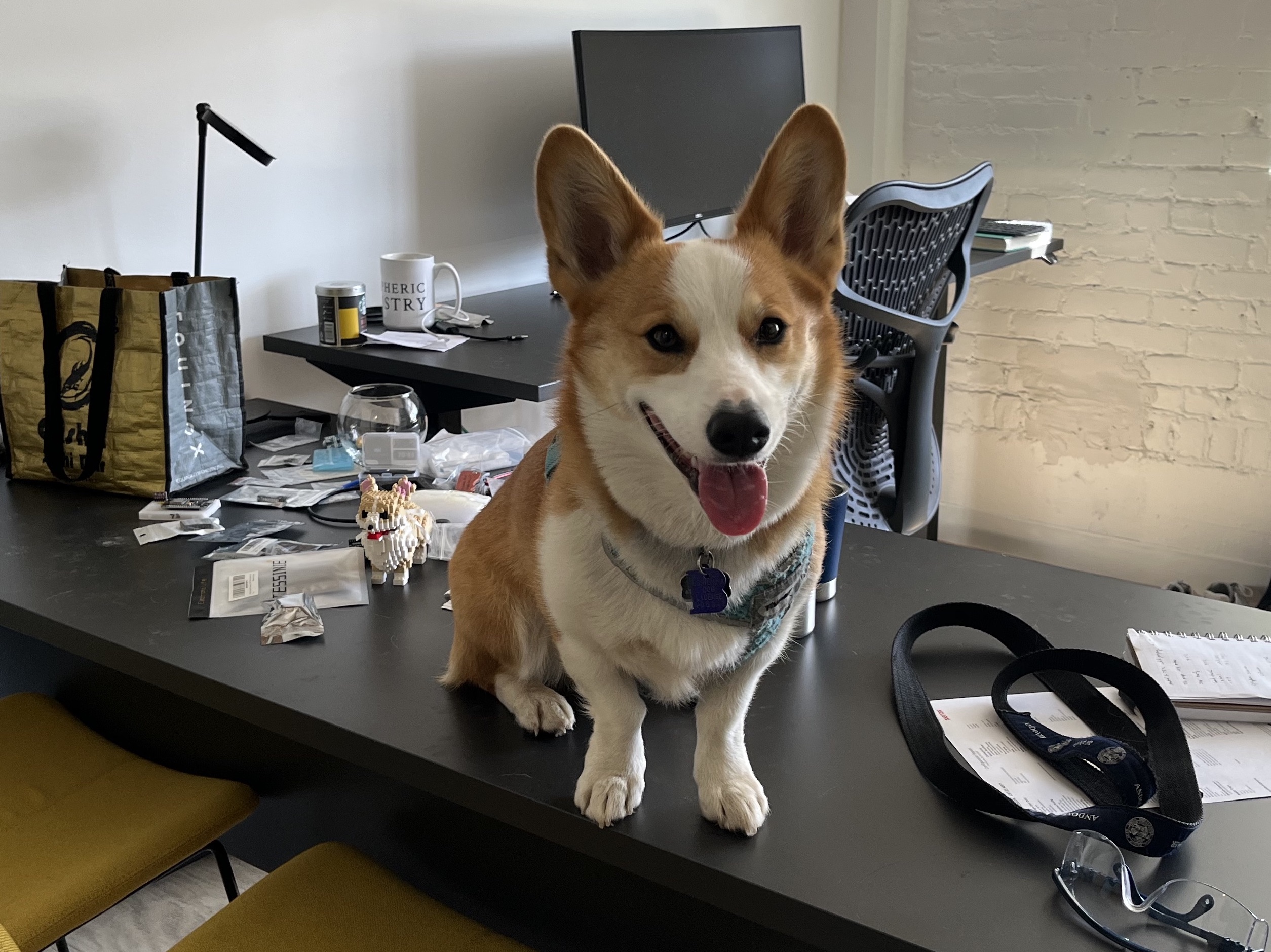
Kuma Ono
MIT Puppy Lab
Kuma Ono guards our office and labs.
Alumni
Benjamin Uveges
Postdoctoral Associate
Ben is working on Archean S-MIF and early Proterozoic oxygenation event
Sarah Gao
UROP course 6
Sarah is working on reducing noise from our TILDAS using machine learning
Kevin Shao
UROP course 6
Kevin is working on reducing noise from our TILDAS using machine learning
Ellen Lalk
PhD student (MIT-WHOI Joint Program), Class of 2022
Ellen is investigating microbial and thermogenic methane in the deep subseafloor.
Patrick Beaudry
PhD student (EAPS), Class of 2021
Patrick is working on melt, sulfur, and oxygen budget.
Jeemin Rhim
PhD student (EAPS), Class of 2020
Jeemin is investigating the isotope effect associated with microbial methanogenesis.
Jeehyun Yang
PhD student (EAPS), Class of 2021
Jeehyun is working on experiments to test the origin of Archean S-MIF.
Yenny Gonzalez Ramos
Postdoc, 2015 - Present
Yenny is developing a new spectrometer that can meaure CH2D2.
Mihkel Pajusalu
Postdoctoral Associate, 2015 - Present
Mihkel is interested in in situ resource utilization using bacteria and microbial processes in various oxygen concentrations spanning from sub-microbar to atmospheric partial pressures. He also designed the most precise open-source trace oxygen sensor known and is working on bridging modern production methods and space technology with microbiology to pave the way for mankind's expansion to rest of the Solar system and beyond.
Kilian Ashley
PhD student (Toronto), Class of 2022
Kilian is investigating the isotope effects of low oxygen conditions on methanotrophy.
David Wang
PhD Student (MIT-WHOI), Chemical Oceanography, Class of 2017
David worked on sulfur isotope systematics of sulfate reducing microbes and then clumped methane for all sorts of methane.
Andrew Whitehill
2009 - 2015 (PhD then a short postdoc).
Currently at EPA
Danielle Gruen
PhD Student (MIT-WHOI), Chemical Oceanography, Class of 2018
Danielle is working on understanding the clumped methane isotope systematics of biogenic methane, mostly lab cultures. She moved on to do some genomics with Greg Fournier.
Eoghan Reeves
Postdoc
Genming Luo
Postdoc 2014 - 2016
Currently at School of Earth Science, China University of Geosciences, Wuhan.
Eliza Harris
Post Doc, 2012 - 2013
Currently at EMPA-ETH. Eliza joined the lab Sep 2012 to work on MIT-Aerodyne project for N2O isotopomer measurements using QC laser spectroscopy.
Harry Oduro
Post Doc, 2011 - 2013
Curently at Soudi Aramco. Harry joined the lab in July 2011. He conducted work on sulfur isotopes of organo-sulfur compounds.
Min Sub Sim
PhD Student, 2007 - 2012
Currently Assistant Professor at Seoul National University. Min Sub was the first PhD student who graduated from the Geobiology Program at MIT. He studied the physiological controls of multiple-sulfur isotope fractionation.
Jon Grabenstatter
PhD Student
Jon joined the MIT Geobiology Program in fall 2009. He worked to culture sulfate reducing bacteria in a chemostat culture.
Kat Thomas
Kat Thomas, Master's Student
Kat was a 5th year master's degree student who worked on the carbonate associated sulfate of Neoproterozoic and Archean rocks.
Kat Potter
PhD Student
Kat was a post-generals student in the PAOC program with Ron Prinn. She defended her thesis in July 2011. Kat worked to use isotopomer ratios of atmospheric N2O to constrain its sources, sinks and fate. She analyzed samples from Mace Head, Ireland.
Katie Donovan
Undergraduate Student
Katie was an undergraduate student at Wellesley College working to culture sulfate reducers.
Christopher Hoff
Summer Intern
Chris was a summer intern from Acton Boxborough high school, making detrital pyrite in the lab to test a hypothesis about early oxygen and sulfide weathering.
Nicole Keller
Research Fellow
Nicole was a fellow from the Swiss National Science Foundation working at our lab and with Alison Shaw at WHOI. One of Nicole’s main goals was to determine how much sulfur cycles through a subduction factory. She analyzed volcanic glasses and melt inclusions by using SF6 techniques and an ion probe at WHOI.
Sebestian Kopf
Master's Student
Sebastian was a pre-generals student with us and Dianne Newman. He tested if liquid phase reactions can produce sulfur mass-independent isotope effects.
Ying Lin
Ying helped in starting up the lab. She did some photochemical experiments on carbonyl sulfide and studied its multiple-sulfur isotope effects.
Evelyn Cordner
Undergraduate Student
Evelyn was a UROP student during the summer 2009. She worked on UV photolysis experiments of carbonyl sulfide and sulfur dioxide.
Bradley Guy
Brad was a PhD student at U of Johannesburg who worked on on multiple-sulfur isotope ratios of rocks from the Witwatersrand Supergroup to test a hypothesis around the early evolution of atmospheric chemistry.